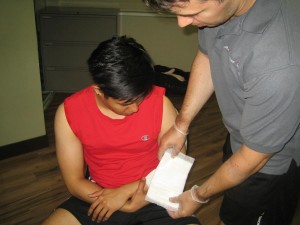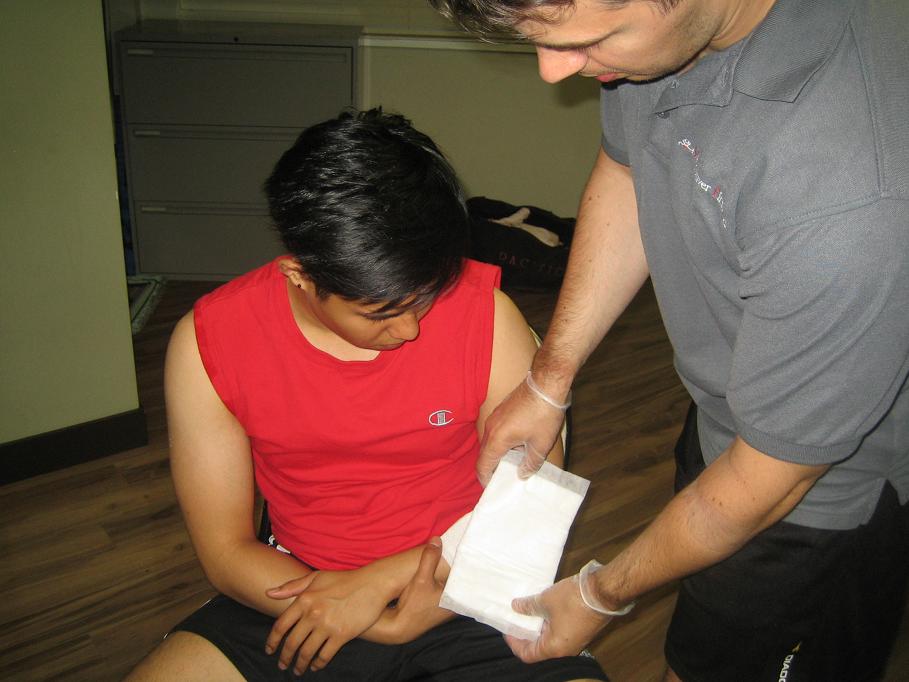https://www.youtube.com/watch?v=a2zwU2c-HZo
Bleeding refers to the loss of blood from the blood vessels. It can be caused by a number of factors which includes injuries or accidents that causes a break in the skin barrier of a person. It may also be spontaneous bleeding, which may be caused by internal problems such as gastrointestinal disorders, problems with the joints or genitourinary problems.
An overview about bleeding
Bleeding may occur internally and externally depending on the cause. Internal bleeding occurs when the injury is inside the patient’s body. There are no opening or external wounds. It usually occurs in the abdominal cavity, chest cavity, digestive tract, or tissues surrounding the broken bones. External bleeding on the other hand occurs when there is an obvious break in the skin where the blood is flowing from.
Bleeding is not an emergency unless the amount of blood loss has been just minimal and if the patient is hemodynamically stable. However the symptoms and the severity of the patient’s condition vary on a number of factors. For example, the patient who lost 300 ml of blood may have had very low blood pressure and increased heart rate while the other who lost 500 ml does not display any symptoms. No matter how the patient responds, it would still be best to know some steps to do if you were able to encounter patients who have bleeding.
What to do in case of an emergency

Before doing anything, keep in mind that you have to protect yourself. Do not touch anything without protecting yourself with at least gloves or mask when applying first aid for bleeding.
- Have the person lie on his back. Cover the person with a warm blanket to prevent heat loss. It would be best if you position the person on his back with his head slightly lower than his body and extremities.
- Clean the wound or the area should be free from dirt and debris. However, of an object is large and embedded deeply into the wound, do not remove it.
- Apply direct pressure on the wound.
- Place a clean cloth or sterile bandage and hold it continuously for 20 minutes. Maintain the pressure by wrapping the clean cloth or bandage around the area or by placing adhesive tape.
- Do not remove the bandage if in case you see the blood seeping through the gauze. Just add some more absorbent material instead.
- If the bleeding does not stop, you may apply direct pressure to the artery that supplies the bleeding area. Once the bleeding stops, immobilize the area.
Reference:
MedIndia. Severe Bleeding. Retrieved on June 12, 2014 from http://www.medindia.net/patients/firstaid_severebleeding.htm
